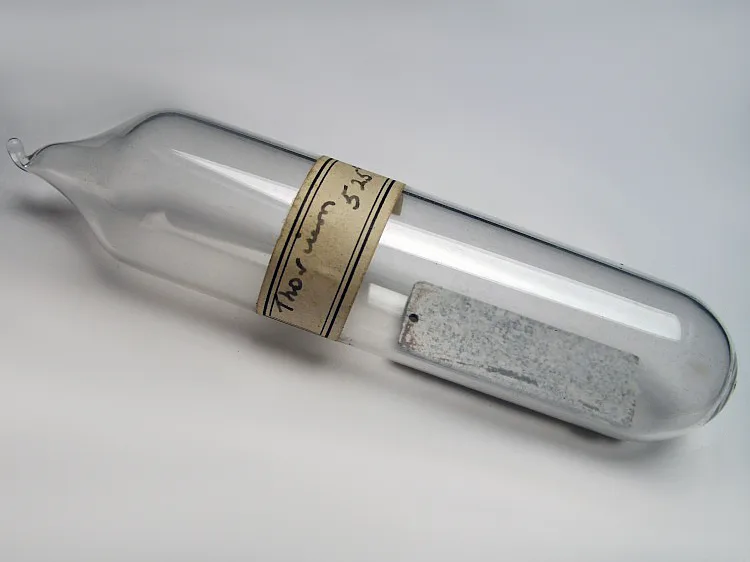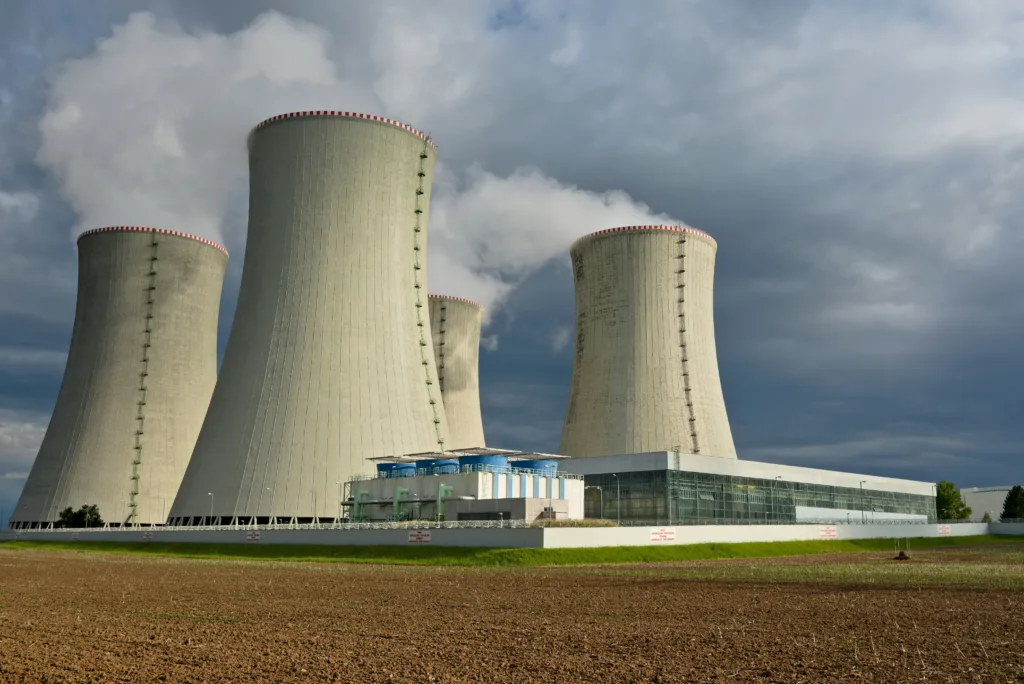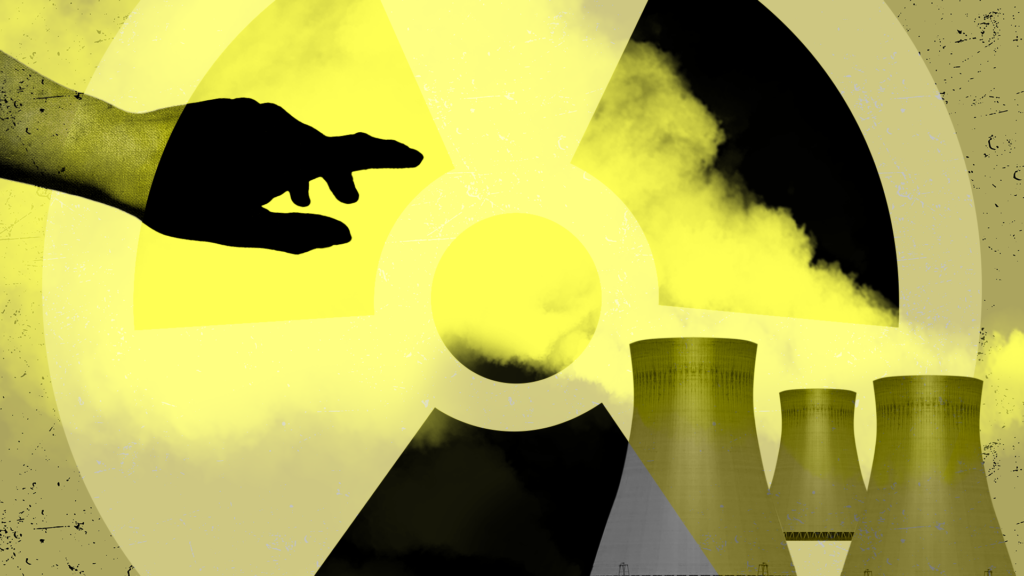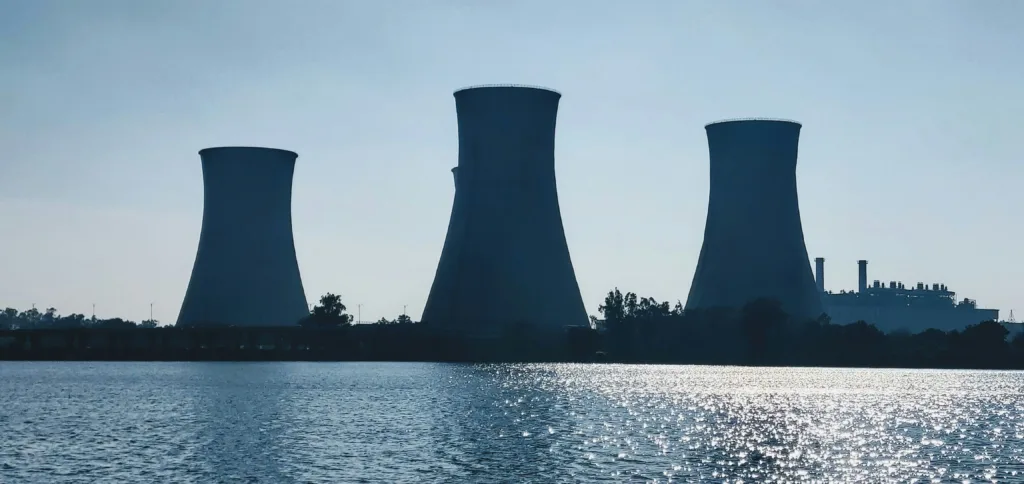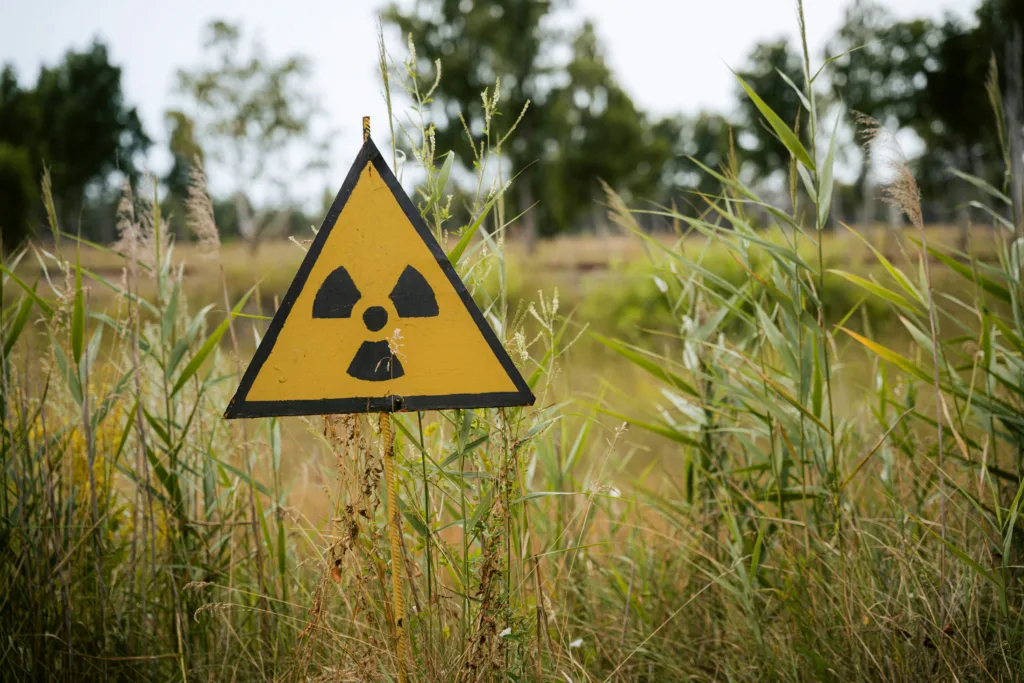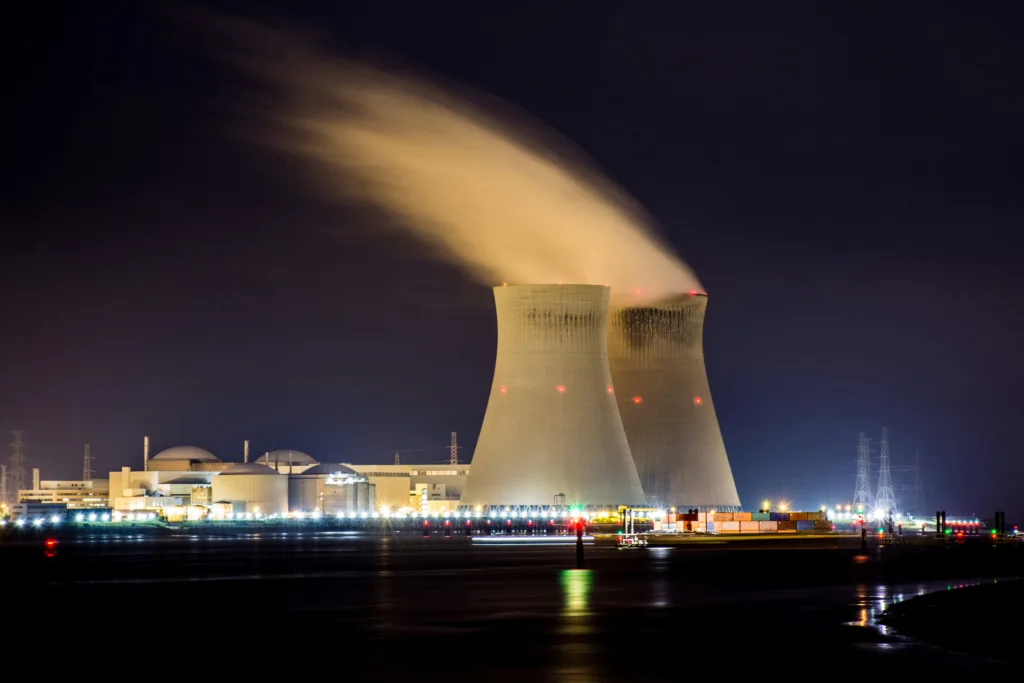Floating reactors ready to set sail but regulations need to catch up
Russia's experience has shown that the technology can help in reducing carbon emissions but making it widely available will take time.
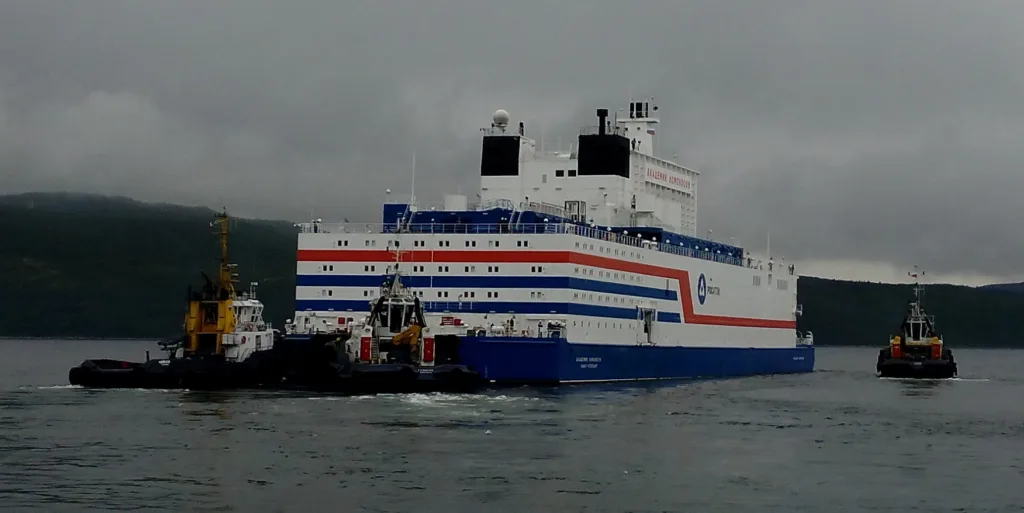 Russia’s floating nuclear power plant, the Akademik Lomonosov, is credited with reducing Russian carbon emissions by 80,000 tonnes annually. : Image by Elena Dider available at https://tinyurl.com/6p92k9m9 CC Attribution-Share Alike 4.0 International
Russia’s floating nuclear power plant, the Akademik Lomonosov, is credited with reducing Russian carbon emissions by 80,000 tonnes annually. : Image by Elena Dider available at https://tinyurl.com/6p92k9m9 CC Attribution-Share Alike 4.0 International
Russia’s experience has shown that the technology can help in reducing carbon emissions but making it widely available will take time.
Nuclear energy has proven to be an energy source that helps in the deep decarbonisation of a country’s economy. No doubt about that. It is a viable solution that can resolve the twin dilemmas of energy security as well as climate change.
In 2022, the International Atomic Energy Agency projected that global nuclear adoption for electricity generation could reach up to 890 gigawatts in 2050 from 413 gigawatts today.
The high estimate is driven primarily by climate change.
Many nations are including nuclear energy in their electricity mix in order to meet their carbon emission goals. Advancements in reactor technologies and developments of novel platforms offer potential wider applications of nuclear energy.
A floating nuclear power plant carrying a small modular reactor is one promising development but there are questions if it will be a game-changer or not.
The concept of a floating reactor is not new with the first prototype being developed by the US Army and operated in the Panama Canal zone from 1968 to 1975. Russia, in 2000, embarked on a project to mass-produce them.
Based on its experiences in operating nuclear-powered ice-breaking ships, Russia adapted one class of reactors, the KLT-40, used onboard its icebreakers and down-blended its fuel to a level of less than 20 percent of enriched uranium. The resulting reactor is the KLT-40S, which was then placed onboard the world’s first floating reactor, the Akademik Lomonosov.
This has since been deployed to the town of Pevek, in the far eastern region of Russia. When connected to the grid in 2020, the two reactors ‘lit up’ this small town with electricity and heating, replacing fossil fuel plants.
The switch to nuclear energy in the region has resulted in shaving off approximately 80,000 tonnes of Russian carbon emissions annually.
The launch of the Akademik Lomonosov has opened up a new platform of mobile reactors, debunking the conventional mindset that nuclear power plants need to be built stationary on land.
The main objective of a floating reactor hinges not on the altruistic feature of zero-carbon emissions, but rather on its ability to supply affordable baseload energy to remote and inaccessible places.
The deployment of a floating reactor is certainly attractive for coastal states such as Indonesia and the Philippines in Southeast Asia. Access to reliable energy supply in their remote areas will be the key issue that floating reactors can help to resolve.
The region can also capitalise on the mobility feature of floating reactors for humanitarian and disaster relief purposes, i.e. the portable supply of electricity to areas in the region struck by natural catastrophes.
The Akademik Lomonosov and future Russian floating reactors are deployed to supply nuclear power, either in electricity or heating, to places which currently have limited access to reliable power. Some of these will function as co-generation facilities for water desalination.
Similarly, the joint venture between America’s NuScale and Canada-based Prodigy intends to develop transportable small modular reactors to replace coal-fired plants in coastal regions with the aim of decarbonising the transport and shipping sectors.
However, international regulations are a stumbling block.
There are strict guidelines for transporting nuclear materials but nothing in the aspects of safety and security has been developed for the transportation of a fully-assembled reactor onboard a barge or ship.
The mechanism for IAEA safeguards has not yet been fully developed. The Akademik Lomonosov is currently operating only within Russian territory and certainly more robust methods of safeguards will need to be incorporated if future floating reactors are to be deployed around the world.
Russia is working with the IAEA not only to push for the international deployment of its floating reactors but also on regulations with regard to their transportation in international waters. This will come under the purview of the International Maritime Organisation.
While the Akademik Lomonosov will need to overcome the regulatory hurdles, it will not have any issues with regard to its reactor technology. The KLT-40S are small-scale pressurised water reactors, a technology that has been in operation for decades.
The use of high-assay low-enriched uranium for its reactors is clear proof the Russians are targeting the international market by conforming to the threshold level of enrichment allowed by the IAEA.
The KLT-40S had set the baseline for the development of its future floating reactors which will use the much more powerful and efficient RITM-200 which can operate for up to 10 years before refuelling.
The prospect of floating reactor deployment has also attracted the possibility of other advanced reactor technologies being placed on a barge. CorePower is looking at developing a class of Molten Salt Reactors (MSRs) to be placed on barges. Samsung Heavy Industries is also lending its name as a shipbuilder to partner with Seaborg in developing a floating reactor that runs on MSR technology.
But running advanced Generation IV reactor technology, such as an MSR, poses another hurdle. In addition to establishing regulations for mobile reactors, stakeholders will also need to convince the IAEA to develop safety and security standards for such reactors and that will take time.
The IAEA has no capabilities to safeguard the fissile materials of such reactors and must realistically develop safeguard mechanisms for such proposed floating reactors. Fissile materials in the wrong hands can have disastrous consequences.
The science involved in a future advanced nuclear reactor cannot be harmonised easily with existing technologies. It will certainly take some time for the IAEA to come up with safety and security parameters for such advanced technology considering that it only began preliminary studies in 2013. Even when such parameters are developed, it will be for land-based reactors first.
The Akademik Lomonosov has shown that floating reactors can work in providing reliable access to clean energy. The world can capitalise on existing technology but on a novel platform, to help decarbonisation.
Efforts should be channelled towards developing common regulations and international standards for the wider adoption of floating nuclear reactors.
While innovative platforms for nuclear applications are welcomed, the advancement in reactor technology needs to be moderated in accordance with existing safeguards. Almost every nation is bound by the clauses in the Non-Proliferation Treaty and the safeguarding of fissile materials becomes even more crucial as reactor technology develops.
The clock is ticking towards the net zero carbon emissions target of 2050. The nuclear industry’s mission rests with the ubiquitous deployment of nuclear energy in the near term.
There is enough data on the potential benefits of small modular reactors and floating reactors. Now we need them out of the drawing board into reality to help save our planet.
Alvin Chew is a Senior Fellow from the S. Rajaratnam School of International Studies (RSIS), Nanyang Technological University (NTU), Singapore.
Originally published under Creative Commons by 360info™.


